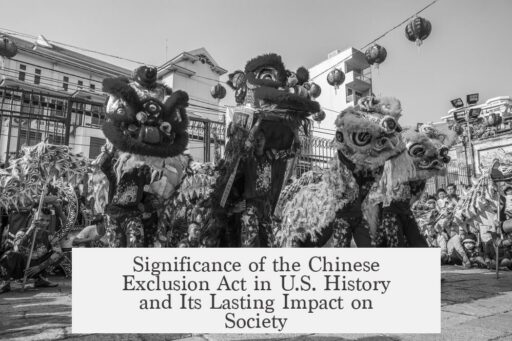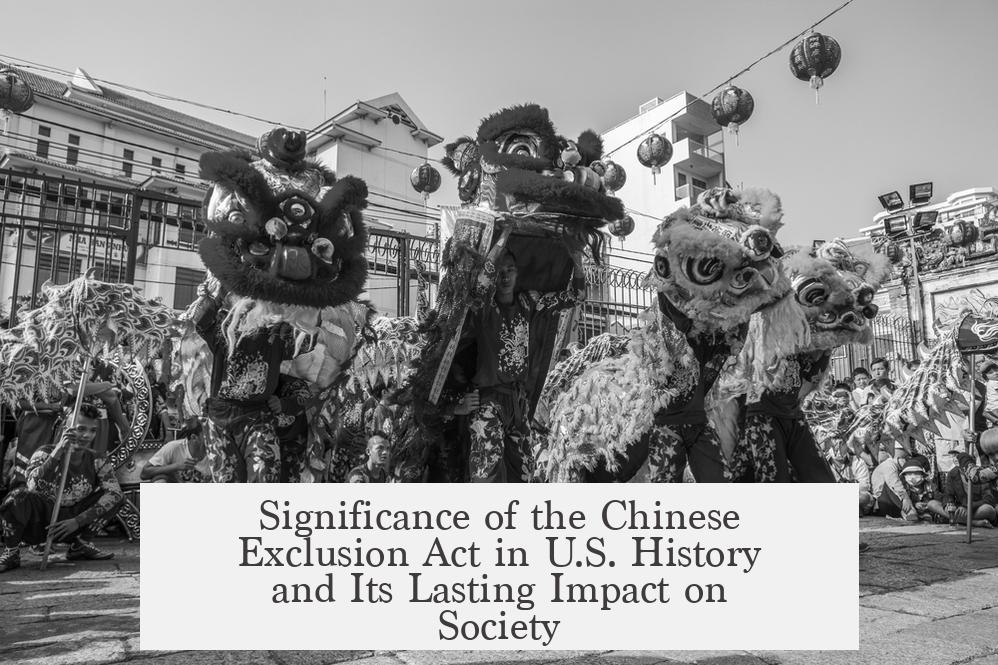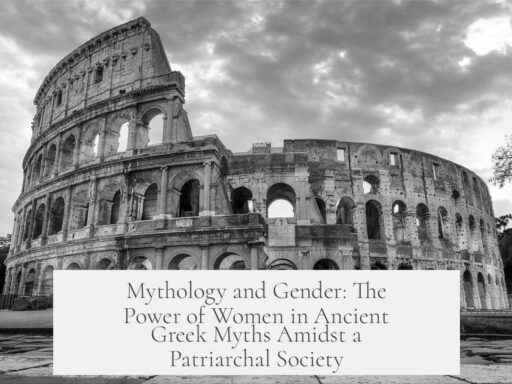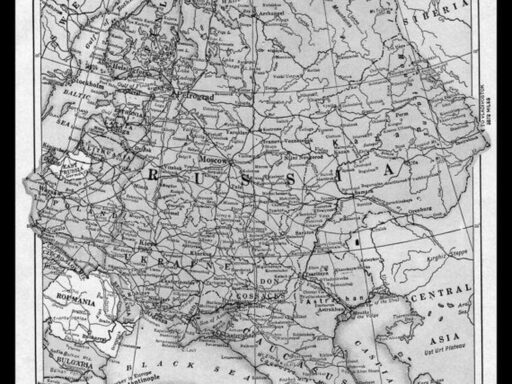The Chinese Exclusion Act is commonly spoken about because it represents a pivotal, unprecedented moment in U.S. immigration history that legally codified racial discrimination against Chinese immigrants for over six decades. It was the United States’ first significant restrictive immigration law explicitly targeting one nationality. Its social and legal impacts resonate deeply in discussions of immigration, civil rights, and Asian American history today.
Before the 1870s, U.S. immigration policies were largely open-border. Naturalization laws initially limited citizenship to white persons, though by 1870 they expanded to include Black Americans. The first curbs on immigration emerged with the Page Act of 1875. This legislation allowed port officials to bar immigrants from East Asia—especially from China and Japan—if suspected of entering for immoral purposes or contract labor. In practice, it aimed at curbing Chinese women’s immigration by associating them with prostitution, effectively banning most from entering the country. This act set the stage for further restrictions.
Economic anxiety fueled anti-Chinese sentiment. Many white workers viewed Chinese laborers as unfair competition since they accepted lower wages. Chinese workers’ presence became a scapegoat during economic downturns, increasing hostility. Simultaneously, racial tensions rose due to fears about the social effects of interracial unions—Chinese men marrying outside their ethnicity alarmed the majority population. Politicians, religious leaders, and media outlets amplified these fears, pushing a narrative known as the “Yellow Peril.” These factors culminated in the Chinese Exclusion Act of 1882.
The Chinese Exclusion Act was unique. It suspended Chinese immigration indefinitely and prevented Chinese immigrants from becoming U.S. citizens regardless of residency duration. This legal classification effectively made Chinese immigrants permanent foreigners. It also disrupted family structures by limiting spousal and children immigration. The Act’s longevity—lasting 60 years until repeal in 1943—makes it a lasting symbol of institutionalized racial discrimination in American law and society. Consider that 2024 marks sixty years since the Civil Rights Act, showing the exclusion act’s historical reach remains significant.
The law grew more severe through subsequent legislation. The Geary Act of 1892 extended the Exclusion Act’s provisions. It imposed harsh controls such as requiring Chinese immigrants to carry identification papers at all times. Those without them could face imprisonment or deportation. It also stripped Chinese immigrants of legal protections, barring them from bail during habeas corpus cases and disallowing them from testifying in court on their own behalf. These restrictions were upheld by the Supreme Court in Fong Yue Ting v. United States (1893), reinforcing systemic disenfranchisement. Later expansions in 1924 extended exclusion to all Asian immigrants, broadening racial quotas in U.S. immigration policy.
The Act’s social effects endured beyond immigration limits. State laws restricted marriages between Chinese and non-Chinese individuals to prevent population growth. Discrimination extended to all Chinese Americans, not just new arrivals. The exclusion reinforced stereotypes of Chinese Americans as “perpetual foreigners,” a perception influencing racial attitudes even today despite constitutional guarantees of equal protection.
The repeal of the Chinese Exclusion Act came during World War II, when China was an ally of the U.S. The Magnuson Act of 1943 ended the ban but allowed only a small quota of Chinese immigrants. True reform awaited the Immigration and Nationality Act of 1965, which abolished national origin quotas and opened the door to increased immigration from Asia, including China.
| Aspect | Details |
|---|---|
| First restrictive immigration law | Page Act (1875) and Chinese Exclusion Act (1882) |
| Target | Chinese nationals specifically, unique racial targeting |
| Duration | 1882–1943 (61 years) |
| Social consequences | Racial discrimination, family separation, legal disenfranchisement |
| Legal outcomes | Prohibition on naturalization, identification requirements, court restrictions |
| Repeal | Magnuson Act, 1943; final overhaul in Immigration Act, 1965 |
Key reasons the Chinese Exclusion Act remains widely discussed today include:
- It marks the first U.S. law explicitly prohibiting immigration based on nationality and race.
- The Act’s 60-year legal endurance highlights long-term state-sanctioned discrimination.
- It set a precedent for later racially based immigration quotas affecting other groups.
- The Act embodies broader themes of xenophobia, labor conflict, and racial fears in American history.
- It shaped the social and political status of Chinese Americans for generations.
- The law’s legacy illuminates ongoing discussions about immigration policy and civil rights.
Why Is the Chinese Exclusion Act So Commonly Spoken About?
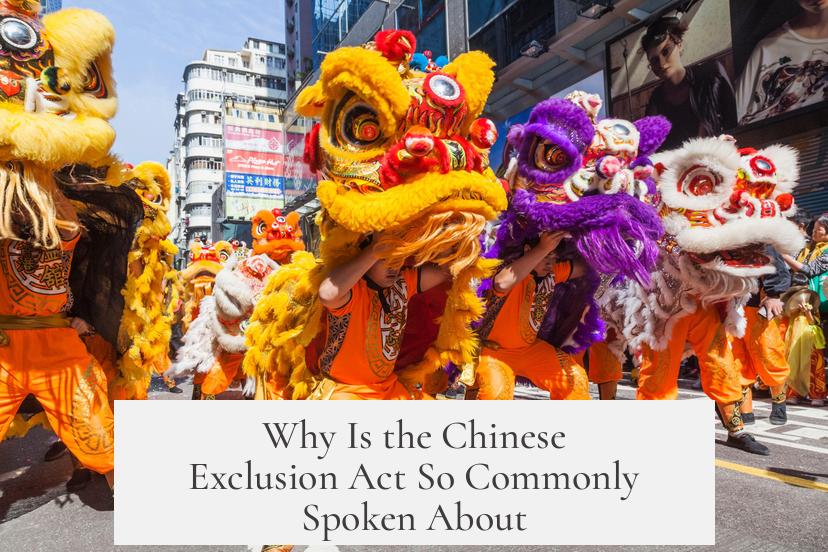
The Chinese Exclusion Act is so commonly spoken about because it represents a landmark moment in U.S. immigration history—a unique, lengthy, and explicit legal effort to exclude a specific ethnic group from entering the country. This act, passed in 1882, broke new ground by marking the first time the U.S. enacted restrictive immigration laws targeted specifically at one nationality. And its effects are not just historical footnotes; they echo loudly in today’s discussions about immigration and race relations.
Let’s unpack why this act remains a crucial reference point both in American and Asian American history.
First Restrictive Immigration Laws in U.S. History
Before 1875, the United States pretty much had open borders when it came to immigration. You wanted to come, you could. Of course, naturalization—becoming a citizen—remained something legally reserved mostly for white individuals, but physical entry was far less restricted.
That changed fundamentally with the Page Act of 1875 and the Chinese Exclusion Act of 1882. The Page Act was the country’s first immigration law that actually restricted who could enter, and it disproportionately targeted East Asian women, assuming many were coming as prostitutes rather than settlers or workers.
The Chinese Exclusion Act expanded this restrictive approach by barring all Chinese laborers from entering the United States. This was unprecedented because the law singled out a specific ethnicity, institutionalizing bias and discrimination at the federal level. It was less about regulating immigration numbers and more about codifying fear and racial animus.
Why Singling Out the Chinese?
Several factors fanned the flame of anti-Chinese sentiment. Economic competition is a big one. Chinese workers were often willing to work for lower wages, which fueled resentment among white American laborers. “They’re stealing our jobs!” became a common rallying cry poorly grounded in economic facts but powerful in social and political terms.
Then there were the racial and societal anxieties. Since many Chinese immigrants were men, with few women migrating alongside them, interracial marriages (to white and Black women) sparked hysteria among those who feared a “Yellow Peril”—a xenophobic belief that Chinese people threatened American social structures. Political figures, religious leaders, and the media stoked these fears.
These fears translated into laws: the Angell Treaty of 1880 amended previous agreements to restrict Chinese immigration, culminating in the Chinese Exclusion Act itself.
The Law’s Harsh and Lasting Impact
Beyond barring new Chinese laborers, the law’s expansions—most notably in the Geary Act—deprived Chinese immigrants already in the U.S. of basic legal rights. They lost the right to bail during habeas corpus proceedings and could not testify in court to defend themselves. Moreover, they were required to carry internal passports. If caught without one, they faced a year of hard labor or deportation.
Imagine living under such constant legal paranoia and without the ability to defend yourself in court! This wasn’t a minor inconvenience; it was a systematic erosion of civil rights.
In Fong Yue Ting v. United States (1893), the Supreme Court upheld these restrictions, legally endorsing this discrimination and setting a precedent for racial exclusion.
Legalized “Perpetual Foreigner” Status

Despite the 14th Amendment’s promise of equal protection, Chinese immigrants were permanently barred from naturalizing. No matter how long they lived in the U.S., they couldn’t become citizens.
This created the concept of Chinese Americans as “perpetual foreigners”—a status that unfortunately still lingers in subtle ways today. Racial and cultural exclusion didn’t stop at immigration policies but extended to broader social and political arenas, including laws banning intermarriage between Chinese and non-Chinese.
Why Does This Matter Today?
We commonly talk about the Chinese Exclusion Act because it encapsulates early institutional racism in American immigration policy. It symbolizes how fear and economic anxiety can lead to unjust laws targeting specific groups.
The act lasted over 60 years—think about that for a moment. The 60th anniversary of the Civil Rights Act is in 2024, just one year shy of the Chinese Exclusion Act’s duration. This comparison highlights how enduring and deeply embedded racial exclusion was in U.S. law.
Chinese Americans have faced legal and social prejudice for generations, and recognizing this history helps explain ongoing challenges related to immigration and racial acceptance.
Repeal and Progress
The act finally ended in 1943 with the Magnuson Act, partly driven by the political necessity of aligning with China during World War II. But national quotas and discriminatory views persisted until 1965, when the Immigration and Nationality Act abolished those national-origin quotas, allowing more equitable immigration policies.
Breaking Down the Legacy
Understanding the Chinese Exclusion Act means more than memorizing dates. It means grappling with issues of race, labor, economics, and national identity that still resonate. Why did it take so long to repeal? How did it affect Chinese communities and Asian Americans overall? How do laws respond to and feed public fears?
These questions remain relevant. They remind us how immigration laws shape society—not just in numbers but in the lived experiences of people. They prompt us to examine the balance between security, economy, and human rights—a tightrope America keeps walking.
Final Thoughts
Next time you hear about the Chinese Exclusion Act, remember it’s not just a dusty piece of 19th-century legislation. It represents a profound moment in American history when fear and prejudice were codified into law for almost two generations. It shaped immigration policy, race relations, and the understanding of citizenship itself.
More than that, its legacy teaches valuable lessons on vigilance against legalized discrimination—lessons that feel crucial in today’s immigration debates.
So, why is the Chinese Exclusion Act so commonly spoken about? Because it’s a cautionary tale about how the nation once used law to exclude based on ethnicity—and the long journey it took to correct that injustice.
